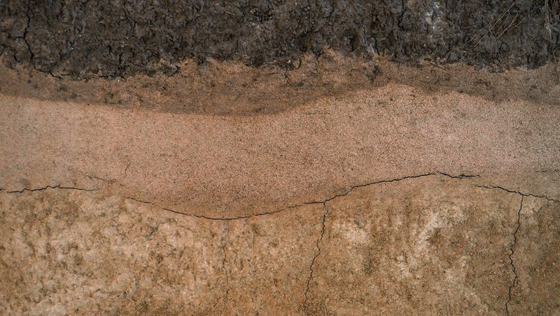We all prefer perfect, homogenous soils when a contaminated site requires remediation. However, this is rarely the case. We can’t control geology, but we can control our remedial approach. Horizontal wells increase the radius of influence in “preferred” soils and intercept more preferential pathways in the “not-so-preferred” soils – getting your objectives back on track.
The Problem with Tight Soils
The problem with tight soils, like clays, saprolites, and as far as geology goes – bedrock formations, is that contamination tends to migrate primarily through preferential pathways. The best way to prevent contamination from intruding into businesses or migrating off-site is to intercept those pathways with horizontal remediation wells.
Vertical remediation wells can struggle in tight soils because they have limited screen footage, installing 10 to 20 feet of screen per well into the contaminated zones. Tens of vertical wells may be required to intercept these preferential pathways and fully influence the contaminated zone.
How Do We Remediate Tight Soils?
How do we amplify remediation in tight soils? We insert as much screen as possible into the contaminated zones. Through the correct layout design and site-specific open area modeling of the screen, one horizontal well can insert hundreds of feet of effective remediation directly into the target zone. This means that one horizontal well can have significant remedial effects that target upgradient, downgradient, and core portions of the contamination. This eliminates the need to pothole vertical wells at the surface, hoping that the screen portions intercept the correct pathways.

Soil Vapor Extraction in Tight Soils
Soil vapor extraction takes place in all kinds of subsurface conditions. In many cases, the objective is to prevent vapor intrusion into active buildings. In other cases, source-area soil contamination needs to be removed to prevent infiltration into the groundwater – leading to much bigger problems. It is in situations like these, particularly when clayey soils exist, that horizontal wells provide results. Harmful vapors are of particular concern in tight, unsaturated soils, as they volatilize from contaminated soil and rise upwards. These situations are difficult to deal with because airflow is restricted, and the contaminated pathways are less likely to be intercepted.
Through increased screen footage, horizontal wells amplify air flow in soil vapor extraction applications. This captures more vapor contamination, which can be transferred to a nearby remediation system and treated. Horizontal wells emplace continuous screen directly below building foundations where the threat of vapor intrusion sources are highest.
How can the advantages of decades of technological advancement in horizontal wells benefit your project? Contact us today.
Written by: Elliott Andelman, Professional Geologist